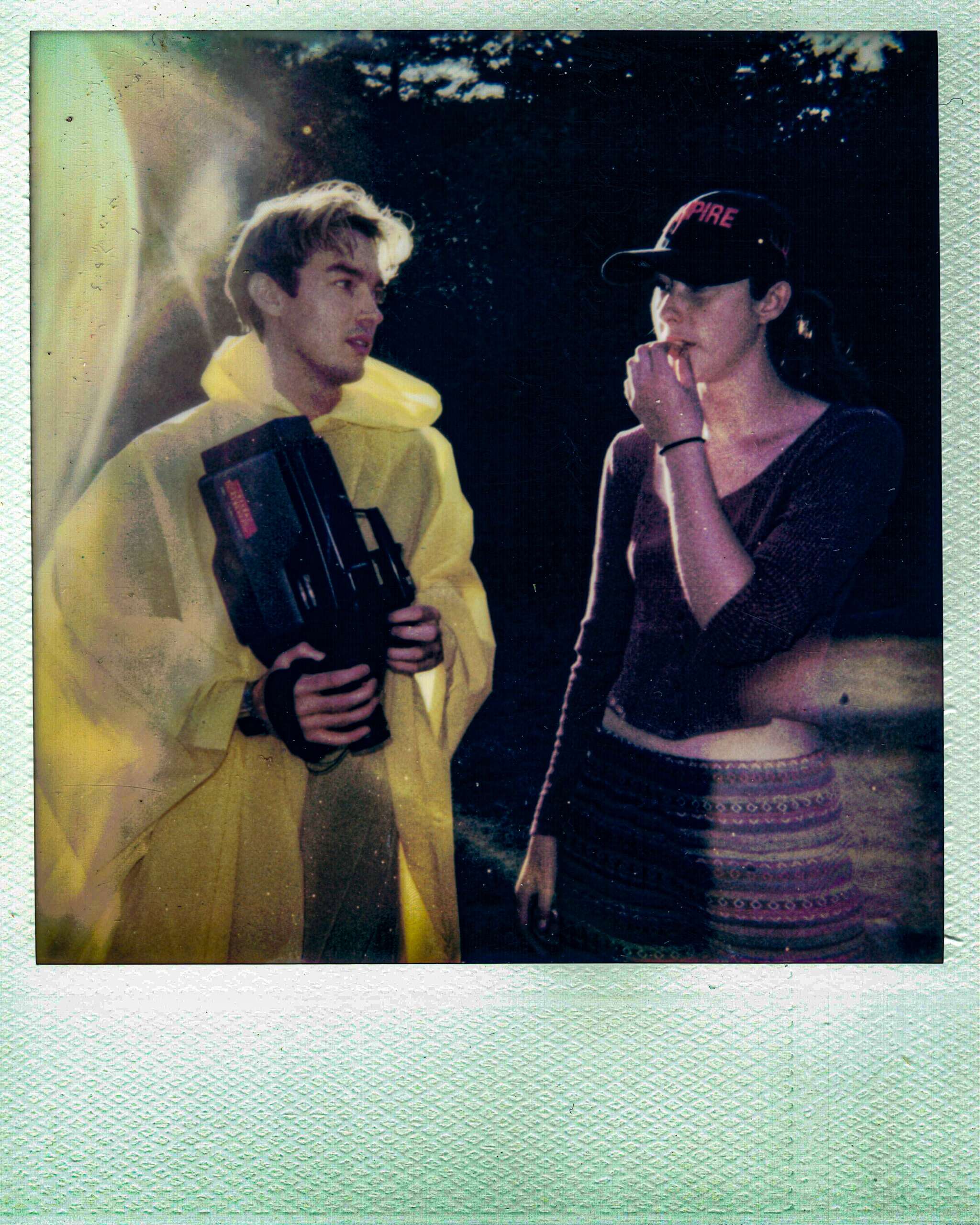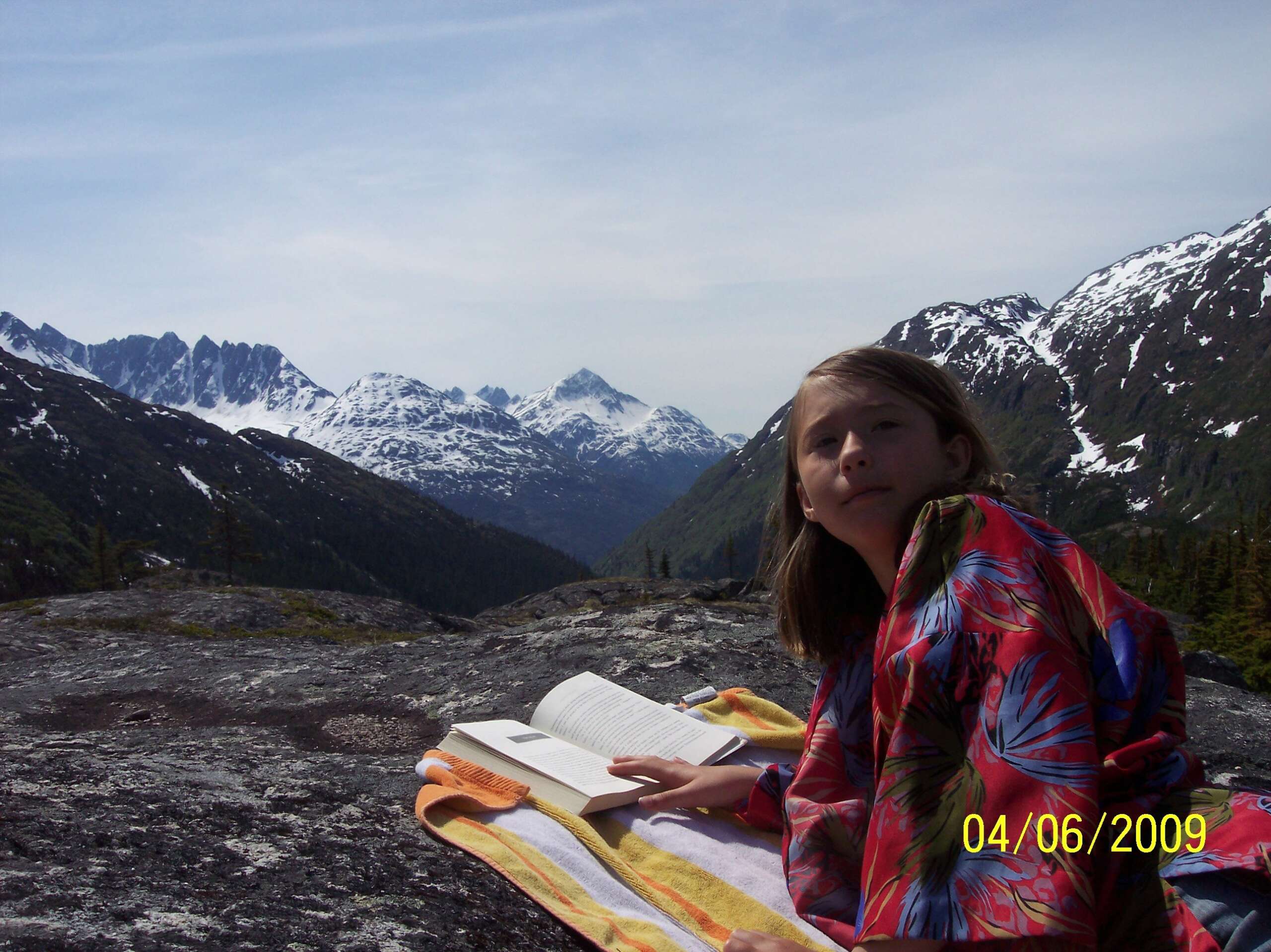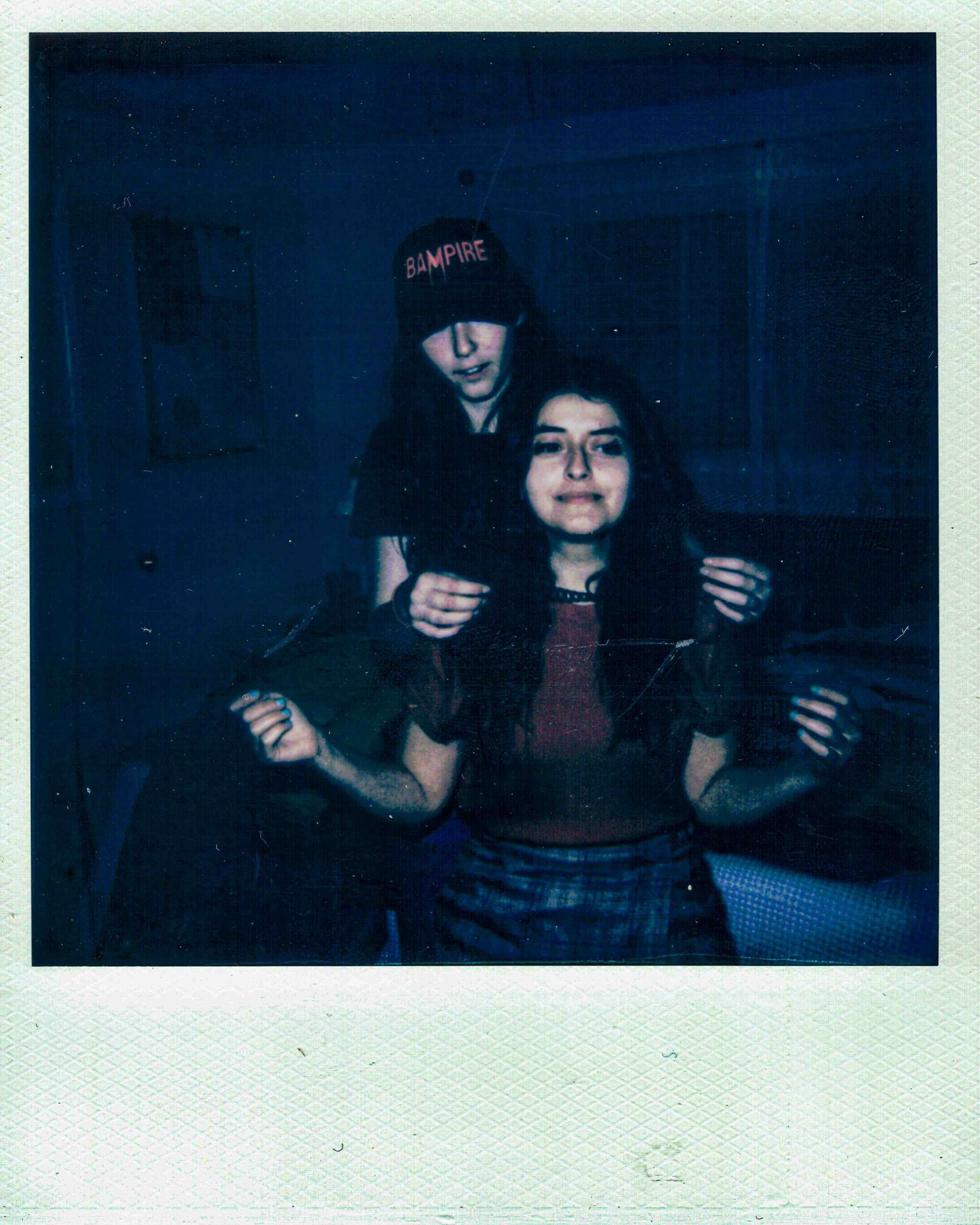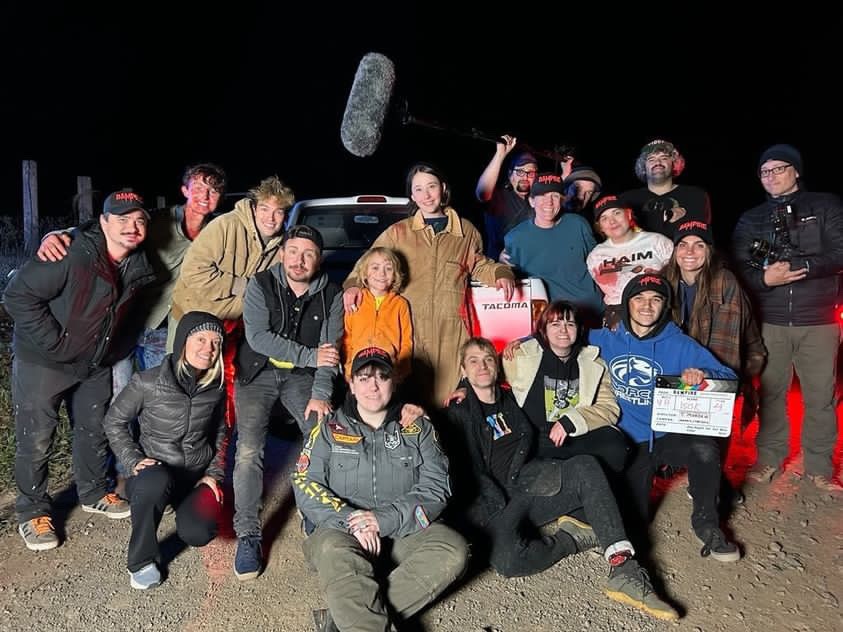We were lucky to catch up with Zoë Wassman recently and have shared our conversation below.
Zoë, appreciate you joining us today. Risking taking is a huge part of most people’s story but too often society overlooks those risks and only focuses on where you are today. Can you talk to us about a risk you’ve taken – it could be a big risk or a small one – but walk us through the backstory.
I started PATH FILMS during pre-production for the first feature-length movie I’ve personally ever attempted to write and consequently produce: BAMPIRE, a 90’s horror-comedy creature-feature inspired by Bambi: A Life in the Woods by Felix Saltan.
Myself and Malachite Saaquya, my co-producer and co-creator, had been strategizing alongside BAMPIRE Director and co-producer, Taylor Morden, for six months regarding how to best use the local resources we had available to create this wildly ambitious piece independent of a major studio. At the time, we knew we had an incredible cast of actors who were beyond capable of telling our story. We had a champion practical fx artist, Trysta Kelley, who was ready for a challenge and couldn’t wait to start working. We had even gathered a lion-hearted crew of filmmakers who were willing to accept deferred payment for their work if it meant we could afford to make BAMPIRE. All of that aside, we still didn’t have funding, and had explored every known avenue for finding it.
As a screenplay writer, you have to come to terms with the fact that there are a million different ways your words can be interpreted into visuals. As a producer, you become hyper-aware of how many failure points there are throughout any production, but especially an era-accurate 90’s movie. With these two perspectives battling my gut-instincts, investing the entirety of my personal savings into BAMPIRE was not an easy decision. I took the risk because I believed it was a story worth-telling, and if I wasn’t willing to bet on us, then how was I ever going to convince someone else to?


Zoë, before we move on to more of these sorts of questions, can you take some time to bring our readers up to speed on you and what you do?
I am a horror screenwriter currently based in Eugene, OR. I started my production company with the goal of making uncensored artwork, and to meet other artists who were willing and excited to embark on that journey with me. That’s why I named it PATH FILMS: it’s a pathway into movie-making for artists who are outside the industry.
Growing up in a tiny village nestled at sea-level amongst some of the tallest mountain ranges in Alaska, I had the privilege of feeling safe. Scary movies allowed me to experiment with sensations I was privileged not to experience often: unease, discomfort, suspense, fear. That’s why I advocate for the creation of uncensored artwork. It is my staunch opinion that movies made to make us scream are just as important as those that make us laugh or cry as empathizing with joy, sorrow, fear or even hopelessness from the relative-safety of our own homes can be incredibly cathartic, especially in the disconnected society we live in today.
Considering the amount of resources even the smallest production consumes from start to finish, getting to make a movie is a privilege. While there are film-giants who can invest millions into a single project, there are actors in the same field who will never appear on the silver screen, and filmmakers whose only tool is their phone for several very expensive reasons. Since independent filmmakers are often forced to operate with a minuscule portion of the resources, it is ethically imperative to PATH FILMS mission that we treat the filmmaking process, and the artists involved, with the utmost respect and generosity. I truly believe in supporting independent film, and as one of the last surviving outlets for uncensored media, it needs to be highlighted when done legitimately.


Can you tell us about a time you’ve had to pivot?
Despite our tiny production budget, all four BAMPIRE producers felt passionate about maintaining the integrity of our story and making as few sacrifices to its content as possible, even though it would mean we would have to get exceptionally creative with achieving our production goals. One great example of our team’s ability to pivot is how we solved two of the biggest challenges of producing BAMPIRE at our budget-level in one-fell-swoop, managing to keep intact our most stunt-heavy action sequences as well as include the numerous animal interactions in our movie, all the while keeping our artists safe.
At the genesis of the screenplay, we’d considered tipping our hats to Monty Python, thinking we’d utilize puppets to bring the critters, creatures, and monsters in BAMPIRE to life. We quickly realized that scary puppet creation would eat up a massive portion of our bite-sized budget, and we still might not achieve the desired result. Filming real animals is not only expensive and dangerous in and of itself, but we were still left with action sequences that seemed far too death-defying to attempt, even with an extensive safety plan in place. Though we knew CGI could achieve a realistic result, we had the nostalgic idea to use hand-drawn 2D animation, our analogue sensibilities telling us to harken back to the half-cartoon-half-live action 80’s films that had once done this very thing for similar reasons. This multimedia avenue has allowed us to go bigger and more stylized than we ever could’ve hoped for, and since this decision, our motto has been “No Sacrifices”.


Any advice for managing a team?
Empowered artists make inspired art. This has never been more obvious to me than after working with the downright luminous cast and crew of BAMPIRE. It is my opinion that the passionate creation of artwork should be an industry standard, but it is at very least a standard that I would be honored to uphold at PATH FILMS for the remainder of BAMPIRE, as well as all future productions.


Contact Info:
- Website: www.bampiremovie.com
- Instagram: bampiremovie
- Facebook: bampire


